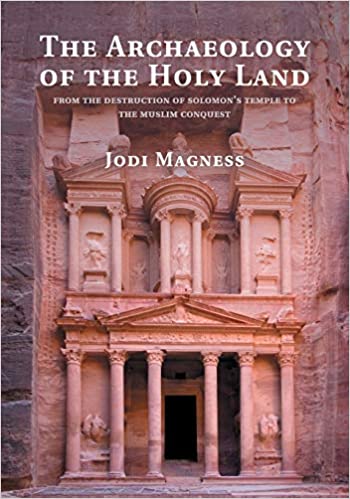As a private tour guide in Israel, I am asked a lot about this idea of ‘continuity of cult’. I get from time to time to explain a very important idea the keeps reappearing in all the Biblical Tels. This principle is valid to sacred sites all over the world not just in Israel.

The Principle of Continuity of Cult
But as someone that gives private tours in Israel and custom-made tours I often mention to my clients there is a very interesting principle in the context of the temple Mt. A principle that is actually it’s true to many sacred locations all over the world. This principle is called “Continuity of Cult”. As a private tour guide in Israel, I should explain to you that “continuity of cult” means: Once a civilization made a location or a site sacred the rest of the civilizations that will follow will make that spot sacred; and would invent their own traditions and in many cases will build there their own holy structures.
The Archaeology of the Holy Land

The Example of Temple MT.
The case of Temple Mt. is ideal to demonstrate the idea of the Continuity of Cult. Today we can see towering high the Golden Dome but we know that the Crusaders for example used that structure as a church called Templum Domini. Before there was a Muslim structure we know from historical sources that there was a Roman Temple. The first to venerate the site were the Jews. King Solomon built the first Temple there, and later even the Second Temple was in the same spot. Continuity of Cult!
Caesarea National Park
Also in Caesarea National Park, you can find a good example of that. We know that Herod the Great when he first built the city of Caesarea Maritima he built a temple for Augustus and Rome. Then in the Byzantine period when Christianity took over a church was established there, exactly on the same spot. Later in the Muslim period a mosque. So as you can see you can find this principle surfacing all over and not just in Israel!

